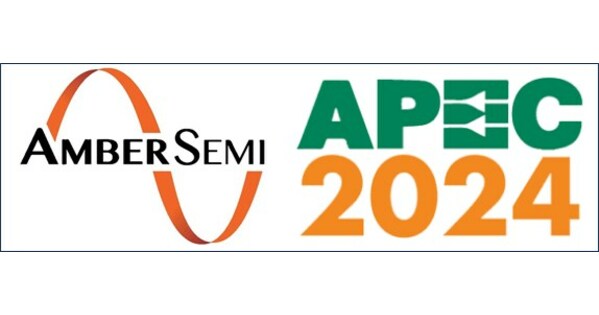Global Electric Vehicle Battery Market Set to Reach $116.53 Billion by 2030
The Global Electric Vehicle Battery Market, valued at $60.14 billion in 2023, is projected to reach $116.53 billion by 2030, growing at a CAGR of 11.8% according to a report by Verified Market Reports. This growth is driven by increasing demand for eco-friendly transportation, technological advancements, and supportive government policies.
Key Market Drivers and Trends
The EV battery market’s expansion is influenced by several key factors. Rising environmental concerns and stringent emissions regulations are major drivers. Technological advancements, particularly in lithium-ion batteries, and increased investments in charging infrastructure further propel growth. Additionally, decreasing battery costs and the surge in electric vehicle adoption are significant contributors to market expansion.
Increased Energy Density: Manufacturers are focusing on increasing battery energy density to extend EV driving ranges. Advanced materials and cell designs are crucial for achieving higher capacities without increasing battery size or weight.
Cost Reduction: Economies of scale and production advancements are steadily reducing lithium-ion battery costs. This trend makes EVs more affordable and competitive with internal combustion engine vehicles.
Solid-State Batteries: Emerging as a promising technology, solid-state batteries offer higher energy density and safety compared to traditional lithium-ion batteries. They have the potential to revolutionize the EV market by providing longer ranges and faster charging times.
Second-Life Battery Applications: Degraded EV batteries can be repurposed for less demanding energy storage applications. This trend helps manage battery waste and offers a cost-effective solution for renewable energy storage systems.
Challenges in the EV Battery Market
Despite significant growth, the EV battery market faces several challenges.
Supply Chain Constraints: Limited supplies of critical raw materials like lithium, cobalt, and nickel can lead to potential bottlenecks. Ensuring a sustainable and ethical supply chain is essential for industry growth.
Recycling and Disposal: Efficient recycling technologies and processes are crucial for managing the environmental impact of end-of-life EV batteries and recovering valuable materials.
Safety Concerns: Battery safety remains a critical issue, with risks of thermal runaway and fires. Continuous improvement in battery management systems and materials is necessary to enhance safety.
Charging Infrastructure: The lack of widespread and accessible charging infrastructure is a major hurdle for EV adoption. Investment in fast-charging networks and standardized charging solutions is essential to support the growing number of EVs on the road.
Regional Growth Potential
The Global EV Battery Market shows significant regional growth potential, particularly in Asia-Pacific, North America, and Europe.
Asia-Pacific: Led by China, this region dominates due to robust manufacturing capabilities, government incentives, and a growing EV ecosystem.
North America: Driven by technological advancements and substantial investments from automakers, this region presents strong growth prospects.
Europe: A key player, Europe is bolstered by stringent environmental regulations and ambitious targets for reducing carbon emissions.
Future Outlook
The global EV battery market is poised for robust growth, driven by increasing EV adoption, technological advancements, and supportive government policies. By 2030, the market is expected to exceed $250 billion, fueled by demand for higher energy density, longer battery life, and faster charging solutions. Innovations in solid-state batteries and recycling methods will further enhance market dynamics. Sustainable practices and supply chain improvements will be crucial in addressing environmental concerns and ensuring long-term market viability.
Source:apnews.com





